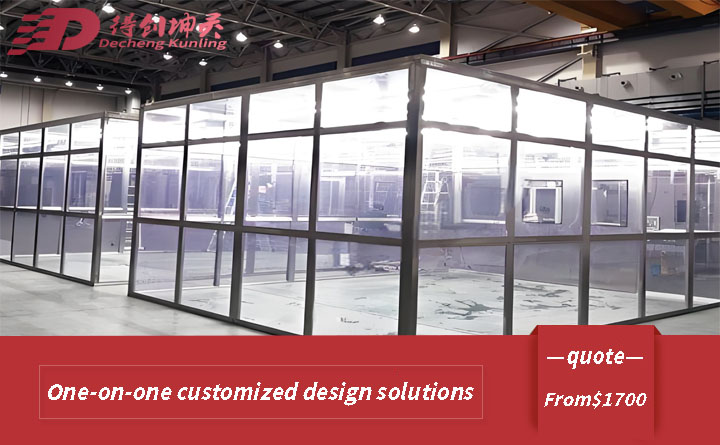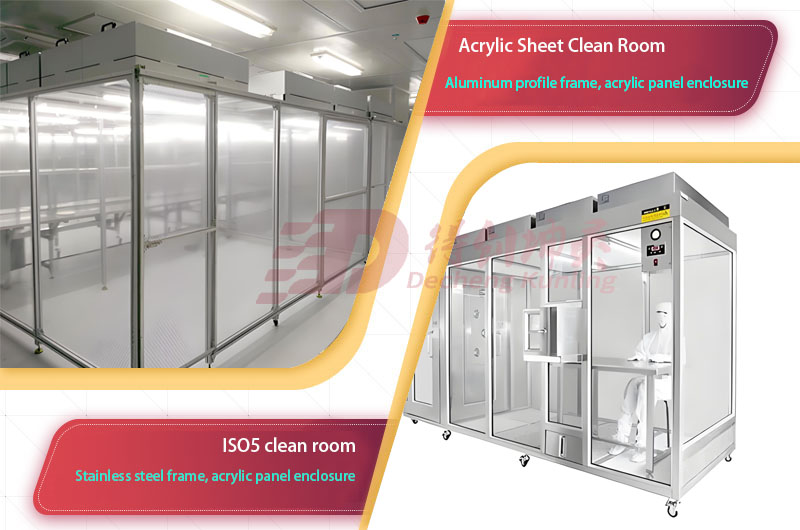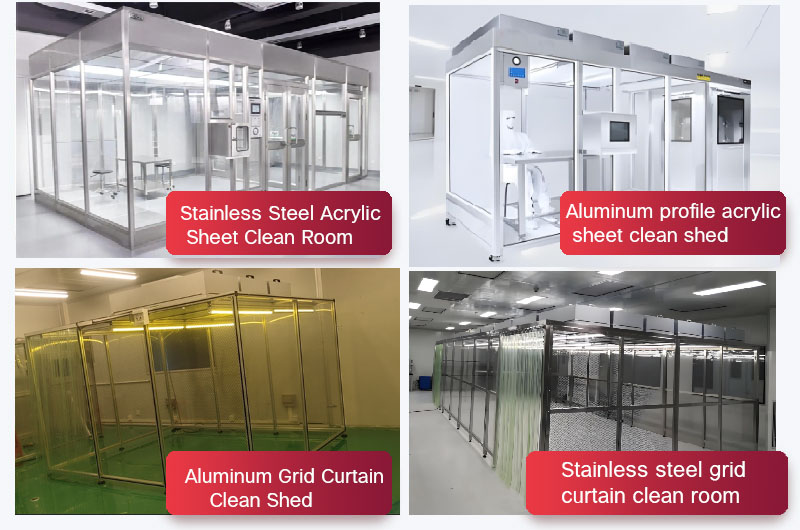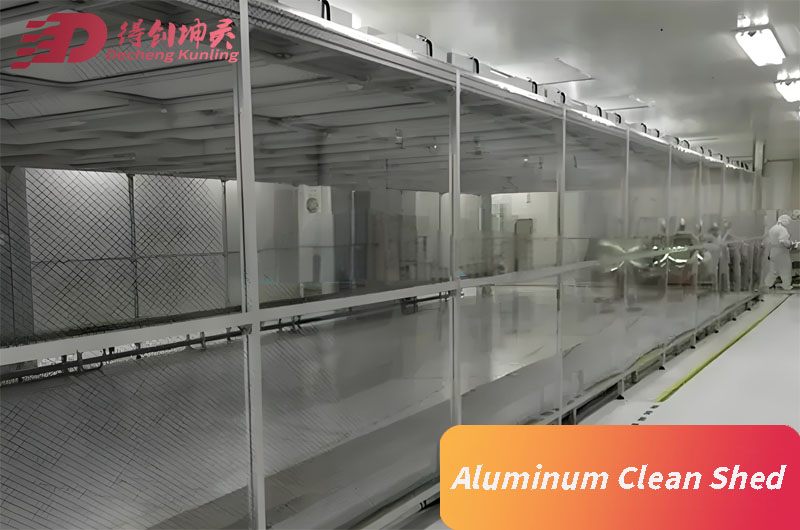Key strategies to maintain compliance with international cleanroom standards for pharmaceutical, biotechnology, and Semiconductor industries
Ensuring compliance with cleanroom regulations in a hardwall clean room is critical for industries such as pharmaceuticals, biotechnology, and semiconductor manufacturing. This article outlines key strategies to maintain compliance, referencing relevant international standards and incorporating quantifiable data.
1. Implementing Continuous Monitoring Systems

To ensure ongoing compliance, hardwall clean rooms should be equipped with continuous monitoring systems. Real-time particle counters can detect fluctuations in particulate levels within minutes. For example, maintaining a maximum of 29 particles per cubic meter for ISO7 environments is vital to prevent contamination.
2. Designing an Effective HVAC System
A properly designed HVAC system is crucial for maintaining air cleanliness. For ISO5 clean rooms, the system needs to provide at least 60 air changes per hour to effectively dilute and remove airborne contaminants. This high air exchange rate is essential for achieving and maintaining compliance.
3. Conducting Regular Validation Processes
Validation is necessary to ensure that cleanroom environments consistently meet regulatory standards. This includes performing airflow visualization studies and particle count assessments at least once a year. Regular validation helps identify potential issues before they affect compliance.
4. Enforcing Strict Cleanroom Protocols
Strict adherence to cleanroom protocols is essential for minimizing contamination risks. This includes proper gowning procedures, restricted access, and controlled material transfer processes.

How Often Must the Clean Room Be Tested for Compliance with Air Standards?
Routine Testing Frequency
Cleanrooms must be tested for air quality compliance at least once every six months. This frequency aligns with ISO 14644-1 guidelines, ensuring that airborne particulate levels remain within acceptable limits.
Event-Driven Testing
In addition to routine testing, cleanrooms should undergo testing following any significant changes, such as equipment installation or repairs. These events can disturb airflow and particle counts, necessitating prompt reassessment.
Risk-Based Approach
For critical environments, such as those in pharmaceuticals or biotechnology, testing should occur quarterly. This approach helps maintain stringent compliance and supports product integrity by minimizing contamination risks.
How Do You Validate A CleanRoom?
Initial Validation
The validation process begins with an initial assessment, where the cleanroom undergoes a thorough evaluation of its design and installation. This step ensures that the facility meets the required cleanroom standards.
Performance Qualification
Following the initial validation, a performance qualification is conducted. This involves rigorous testing of airflow, temperature, and humidity levels to confirm that the cleanroom operates within specified parameters.
Ongoing Monitoring
Validation isn't a one-time event. Continuous monitoring is essential to ensure that cleanroom conditions remain stable. Regular checks and re-validations should be scheduled according to the specific CleanRoom Classification.
How Often Should Cleanrooms Be Cleaned?

| Frequency | Cleaning Activities | Importance |
|---|---|---|
| Daily | High-touch surfaces and floors | Maintain dust-free environment |
| Weekly | Walls, ceilings, and equipment | Remove accumulated particles |
| Monthly | Comprehensive cleaning and assessment | Meet stringent cleanliness standards |
What Is the Standard for Clean room monitoring?

ISO Standards
The primary standard for Cleanroom monitoring is ISO 14644. This standard outlines the classification of air cleanliness and the required monitoring protocols for maintaining compliance.
Particle Count Monitoring
According to iso 14644-1, cleanrooms must be monitored for airborne particle counts at specified intervals. The frequency and method of monitoring depend on the cleanroom's classification and intended use.
 +86 18186671616
+86 18186671616 Jason@cleanroomequips.com
Jason@cleanroomequips.com
 MENU
MENU



